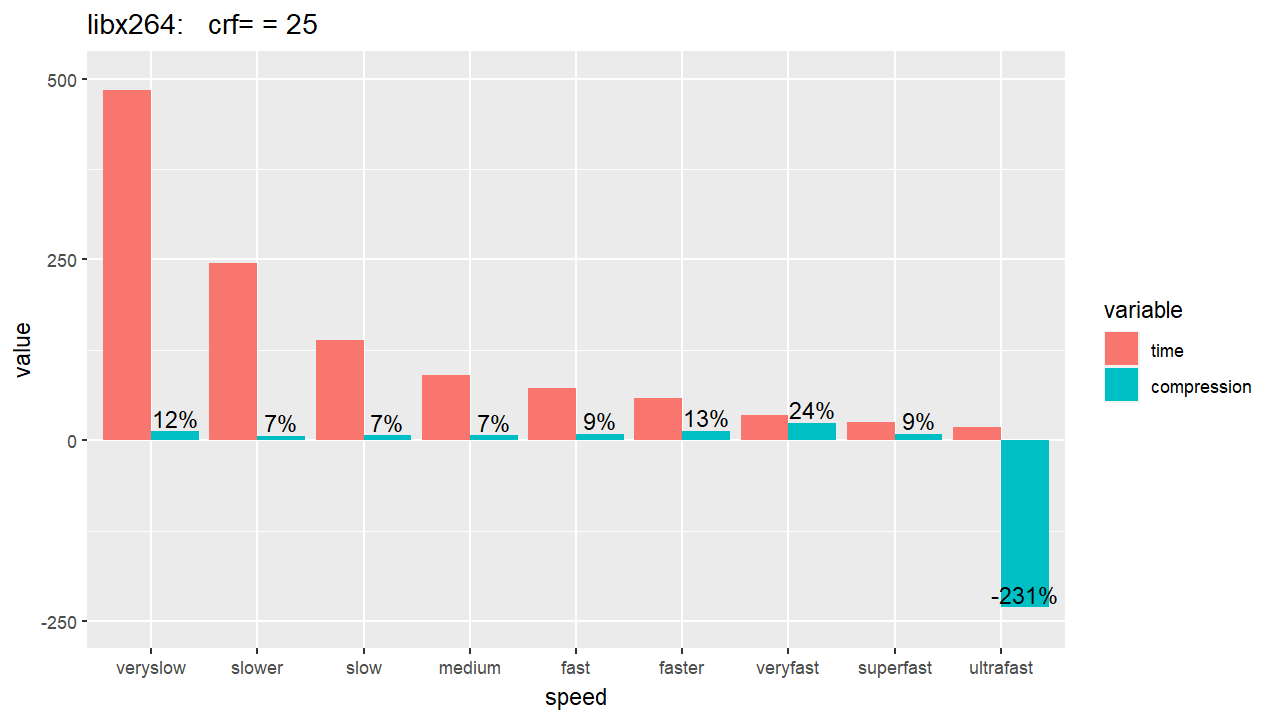
Recherche avancée
Médias (1)
-
Revolution of Open-source and film making towards open film making
6 octobre 2011, par
Mis à jour : Juillet 2013
Langue : English
Type : Texte
Autres articles (89)
-
List of compatible distributions
26 avril 2011, parThe table below is the list of Linux distributions compatible with the automated installation script of MediaSPIP. Distribution nameVersion nameVersion number Debian Squeeze 6.x.x Debian Weezy 7.x.x Debian Jessie 8.x.x Ubuntu The Precise Pangolin 12.04 LTS Ubuntu The Trusty Tahr 14.04
If you want to help us improve this list, you can provide us access to a machine whose distribution is not mentioned above or send the necessary fixes to add (...) -
Personnaliser en ajoutant son logo, sa bannière ou son image de fond
5 septembre 2013, parCertains thèmes prennent en compte trois éléments de personnalisation : l’ajout d’un logo ; l’ajout d’une bannière l’ajout d’une image de fond ;
-
Ecrire une actualité
21 juin 2013, parPrésentez les changements dans votre MédiaSPIP ou les actualités de vos projets sur votre MédiaSPIP grâce à la rubrique actualités.
Dans le thème par défaut spipeo de MédiaSPIP, les actualités sont affichées en bas de la page principale sous les éditoriaux.
Vous pouvez personnaliser le formulaire de création d’une actualité.
Formulaire de création d’une actualité Dans le cas d’un document de type actualité, les champs proposés par défaut sont : Date de publication ( personnaliser la date de publication ) (...)
Sur d’autres sites (11798)
-
FFmpeg : What re-encoding settings can be used to achieve results similar to Google Drive's video processing ?
4 août 2023, par Mycroft_47Context :


I have a large collection of videos recorded by my phone's camera, which is taking up a significant amount of space. Recently, I noticed that when I uploaded a video to Google Drive and then downloaded it again using IDM (by clicking on the pop-up that IDM displays when it detects something that can be downloaded here's what i mean), the downloaded video retained the same visual quality but occupied much less space. Upon further research, I discovered that Google re-encodes uploaded videos using H.264 video encoding, and I believe I can achieve similar compression using FFmpeg.


Problem :


Despite experimenting with various FFmpeg commands, I haven't been able to replicate Google Drive's compression. Every attempt using
-codec:v libx264option alone resulted in videos larger than the original files.

While adjusting the
-crfparameter to a higher value and opting for a faster-presetoption did yield smaller file sizes, it unfortunately came at the cost of a noticeable degradation in visual quality and the appearance of some visible artifacts in the video.

Google Drive's processing, on the other hand, strikes a commendable balance, achieving a satisfactory file size without compromising visual clarity, (I should note that upon zooming in on this video, I observed some minor blurring, but it was acceptable to me).


Note :


I'm aware that using the H.265 video encoder instead of H.264 may give better results. However, to ensure fairness and avoid any potential bias, I think the optimal approach is first to find the best command using the H.264 video encoder. Once identified, I can then replace
-codec:v libx264with-codec:v libx265. This approach will ensure that the chosen command is really the best that FFMPEG can achieve, and that it is not solely influenced by the superior performance of H.265 when used from the outset.

Here's the FFMPEG command I am currently using :


ffmpeg -hide_banner -loglevel verbose ^
 -i input.mp4 ^
 -codec:v libx264 ^
 -crf 36 -preset ultrafast ^
 -codec:a libopus -b:a 112k ^
 -movflags use_metadata_tags+faststart -map_metadata 0 ^
 output.mp4







 Video file 

Size (bytes) 

Bit rate (bps) 

Encoder 

FFPROB - JSON 







 Original (named 'raw 1.mp4') 

31,666,777 

10,314,710 

!!! 

link 




 Without crf 

36,251,852 

11,805,216 

Lavf60.3.100 

link 




 With crf 

10,179,113 

3,314,772 

Lavf60.3.100 

link 




 Gdrive 

6,726,189 

2,190,342 

Google 

link 









Those files can be found here.


Update :


I continued my experiments with the video "raw_1.mp4" and found some interesting results that resemble those shown in this blog post, (I recommend consulting this answer).


In the following figure, I observed that using the
-presetset to veryfast provided the most advantageous results, striking the optimal balance between compression ratio and compression time, (Note that a negative percentage in the compression variable indicates an increase in file size after processing) :



In this figure, I used the H.264 encoder and compared the compression ratio of different outputted files resulting from seven different values of the
-crfparameter (CRF values used : 25, 27, 29, 31, 33, 35, 37),



For this figure, I've switched the encoder to H.265 while maintaining the same CRF values used in the previous figure :




Based on these results, the
-presetveryfast and a-crfvalue of 31 are my current preferred settings for FFmpeg, until they are proven to be suboptimal choices.
As a result, the FFmpeg command I'll use is as follows :

ffmpeg -hide_banner -loglevel verbose ^
 -i input.mp4 ^
 -codec:v libx264 ^
 -crf 31 -preset veryfast ^
 -codec:a libopus -b:a 112k ^
 -movflags use_metadata_tags+faststart -map_metadata 0 ^
 output.mp4


Note that these choices are based solely on the compression results obtained so far, and they do not take into account the visual quality of the outputted files.


-
Anomalie #2749 (Fermé) : Problème de cookie
21 mars 2013, par guytarr °il y a bien http://forum.spip.net/fr_248457.html mais rien trouvé dans forum ou sur les listes de "récent".
-
Anomalie #4272 : Vignettes considérée comme orphelins lors de la suppression des documents inutilisés
11 février 2019, par Fabrice VéronneauDiscussions sur le forum à ce sujet
https://forum.spip.net/fr_271022.html
https://forum.spip.net/fr_270796.html?debut_forums=%40270837#forum270837



